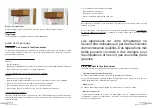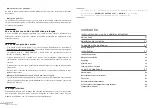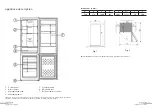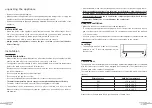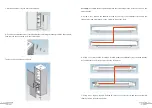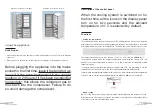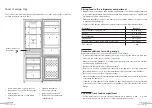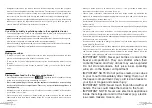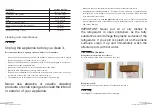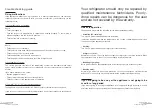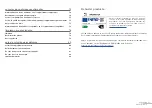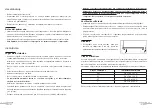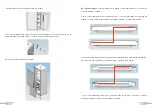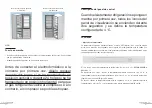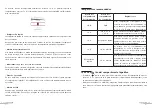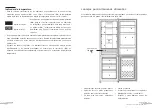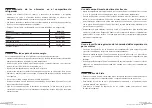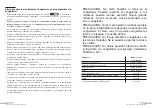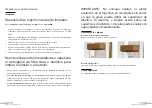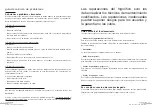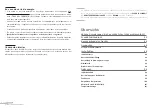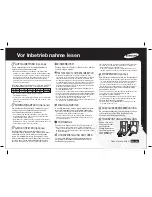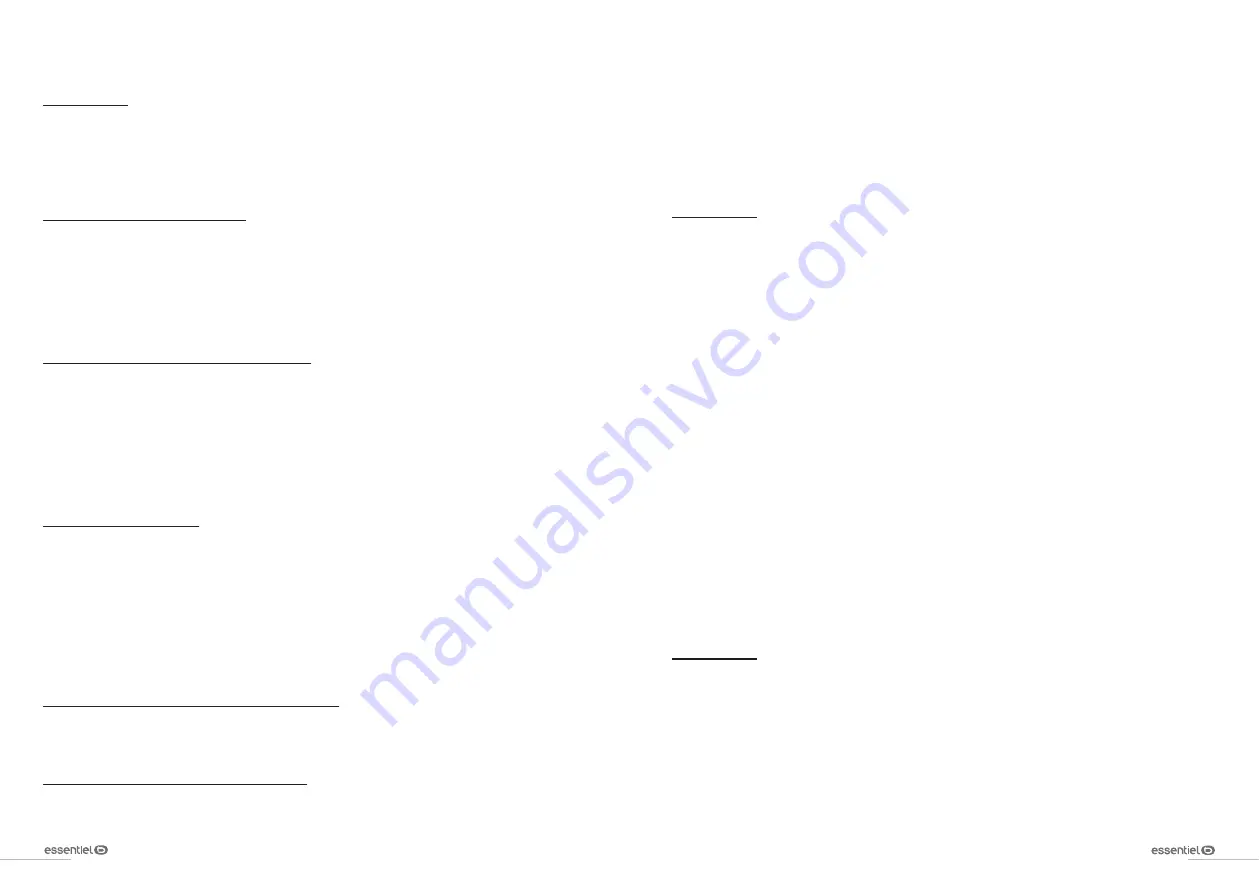
troubleshooting guide
troubleshooting guide
V.2.0
V.2.0
52
53
troubleshooting guide
Fixing malfunctions
If the appliance malfunctions, it may be due to a minor problem that you can rectify by
following the instructions below. Before you call in a technician, you should carry out the
following checks:
1) Your refrigerator is not working:
Check:
•
That it is plugged in,
•
That the socket it is plugged into is suitable and working properly. To check, plug a
different appliance into the socket in question.
•
That the fuse has not blown or is faulty.
2) Your refrigerator is not working effectively:
Check:
•
That you have not overfilled it,
•
That the doors have been shut properly, and have not been left open for too long,
•
That you have not put hot food inside,
•
That the appliance is not next to a heat source,
•
That the gap at the back and around the sides is large enough.
3) Your appliance is noisy:
The cooling gas that circulates in the refrigeration system can sometimes make small
noises, even when the compressor is not operating. Do not be concerned, this is completely
normal.
If you hear a different noise, check:
•
that the appliance is level,
•
That nothing is touching the rear of the appliance,
•
That the contents of the appliance are not vibrating.
4) The “E0”, “E1” or “E2” error messages appear:
The appliance's sensors are defective. Please contact your retail store service desk.
If this does not solve your specific problem, please contact your retail store service desk
and do not attempt to make repairs yourself.
Your refrigerator should only be repaired by
qualified maintenance technicians. Poorly-
done repairs can be dangerous for the user
and are not covered by the warranty.
Noises in operation
The appliance may make the following noises when operating normally:
•
Crackling (ice cracking):
This noise is produced during automatic defrosting.
It may also be produced when the refrigerator is in a cooling or warming phase and is due
to expansion of the appliance materials.
•
Clicking:
This noise is produced when the compressor starts and stops.
•
Compressor noise:
Normal motor noise. This noise indicates that the compressor is working normally. When
the compressor cuts in, the noise can rise slightly for a brief moment.
•
Bubbling or gurgling:
Noise produced when the refrigerant fluid flows through the coils inside the system.
•
Running water:
Normal noise produced when the water flows out of the evaporation container during
defrosting. This noise may also be audible inside the appliance during defrosting.
If you are going to be away or the appliance is not going to be
used for a long period
If you are not going to be using the appliance for a long period, empty it, unplug it, clean it
and leave the doors open to prevent mould and unpleasant odours from forming.


